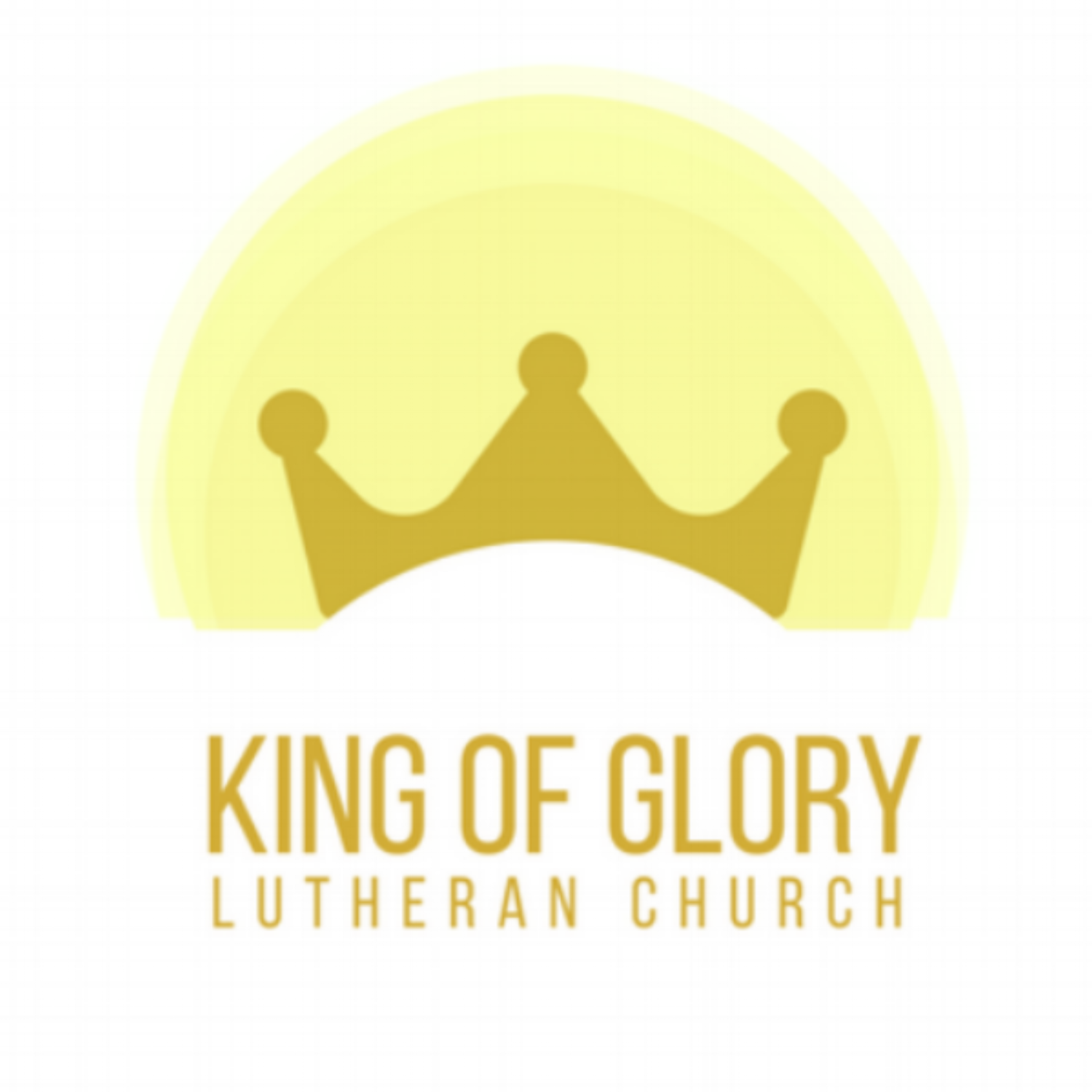Karl’s church grew to 150 people after 15 years, then in two years grew to 400, then in one year was back down to under 100
what happened?
their growth was mostly through ‘transfer’ growth instead of new believers; “we were the cool church in town for awhile, then people left for the other cool church"
we weren’t training and discipling our people
Karl isn’t called, equipped, or gifted to be a large church pastor
Over 90% of our churches are under 200, over 80% are under 100
First Reaction: Oh no!
Second Reaction: So what?
Final Reaction: Now what?
The average size of a church in the whole world is 75 people.
The smaller your church is, the less help you can get from large church resources.
The law of large numbers: the bigger the crowd, the more predictably it behaves.
The smaller the crowd, the more impact each person has – for good and bad.
Big churches that are healthy know that they need to fight against the tendency to attract passive observers. Small churches that are healthy fight against those who seek control in a smaller setting.
Big church principles center on process, systems & programs
Small church principles center on relationships, culture & history.
Discipleship in a small church should not be based on a curriculum but instead be based on relationship.
Culture- set of invisible rules that governs all you do. "Culture eats strategy for breakfast."
type of churches in the way they respond to ideas:
Stubborn- “we don’t do it that way” they have been hardened by hurt; patiently love them
Shallow- say “that’s a great idea, pastor!” then don’t follow through; help them go deeper
Busy- “let’s add that to all the other things we are doing”; help them simplify
Small towns have long memories and so do small churches.
Don’t do what our founders did, think like our founders thought. Honor the past and move into the future.
